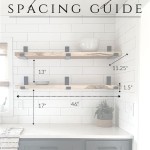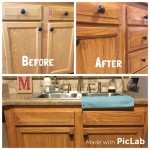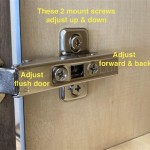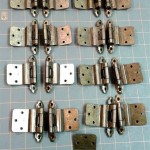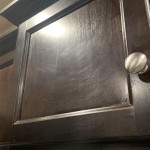Essential Aspects of Updating Kitchen Cabinets with Crown Molding
Updating kitchen cabinets with crown molding can dramatically enhance the aesthetics and functionality of your kitchen. By adding this decorative molding to the tops of your cabinets, you can create a more elegant and finished look, while also hiding any gaps between the cabinets and the ceiling.
There are several key aspects to consider when updating kitchen cabinets with crown molding, including the type of molding, the height and width of the molding, and the installation process. Each of these aspects plays a crucial role in the overall success of the project, and understanding them can help you achieve the desired results.
Type of Molding
The type of crown molding you choose will depend on the style of your kitchen and the desired look you want to achieve. There are many different types of crown molding available, so take some time to browse through your options before making a decision.
Some popular types of crown molding include:
- Coved molding
- Ogee molding
- Bed molding
- Dentil molding
- Egg-and-dart molding
Height and Width of the Molding
The height and width of the crown molding you choose will depend on the size of your cabinets and the overall scale of your kitchen. A taller, wider molding will make a more dramatic statement, while a smaller, narrower molding will be more subtle.
As a general rule, the height of the crown molding should be about 1/10th of the height of the cabinets. The width of the molding should be about 2/3rds of the height. However, you can adjust these proportions to suit your own personal taste.
Installation Process
The installation process for crown molding is relatively straightforward, but it does require some precision and attention to detail. It is important to take your time and follow the instructions carefully to ensure that the molding is installed correctly.
The general steps for installing crown molding include:
- Measure and cut the molding to the desired length.
- Apply a bead of caulk to the back of the molding.
- Position the molding on the cabinet and press it into place.
- Secure the molding with nails or screws.
- Fill any gaps with caulk.
Conclusion
By considering the essential aspects of updating kitchen cabinets with crown molding, you can achieve a beautiful and professional-looking finish. With a little planning and effort, you can transform your kitchen into a space that you will love for years to come.

Diy Kitchen Cabinet Upgrade With Paint And Crown Molding

Diy Kitchen Cabinet Upgrade With Paint And Crown Molding

Adding Crown Molding To Cabinets Young House Love

My Designer Secret For Updating Old Kitchen Cabinets Maria Killam

Diy Kitchen Cabinet Upgrade With Paint And Crown Molding

Diy Kitchen Cabinet Upgrade With Paint And Crown Molding

3 Ways To Enhance Your Kitchen With Crown Molding

Updating Our Kitchen Cabinets With New Mouldings The Creek Line House

10 Simple Ideas To Update Your Kitchen Cabinets Jenna Sue Design

Extending Kitchen Cabinets Up To The Ceiling Thrifty Decor Diy And Organizing
Related Posts

